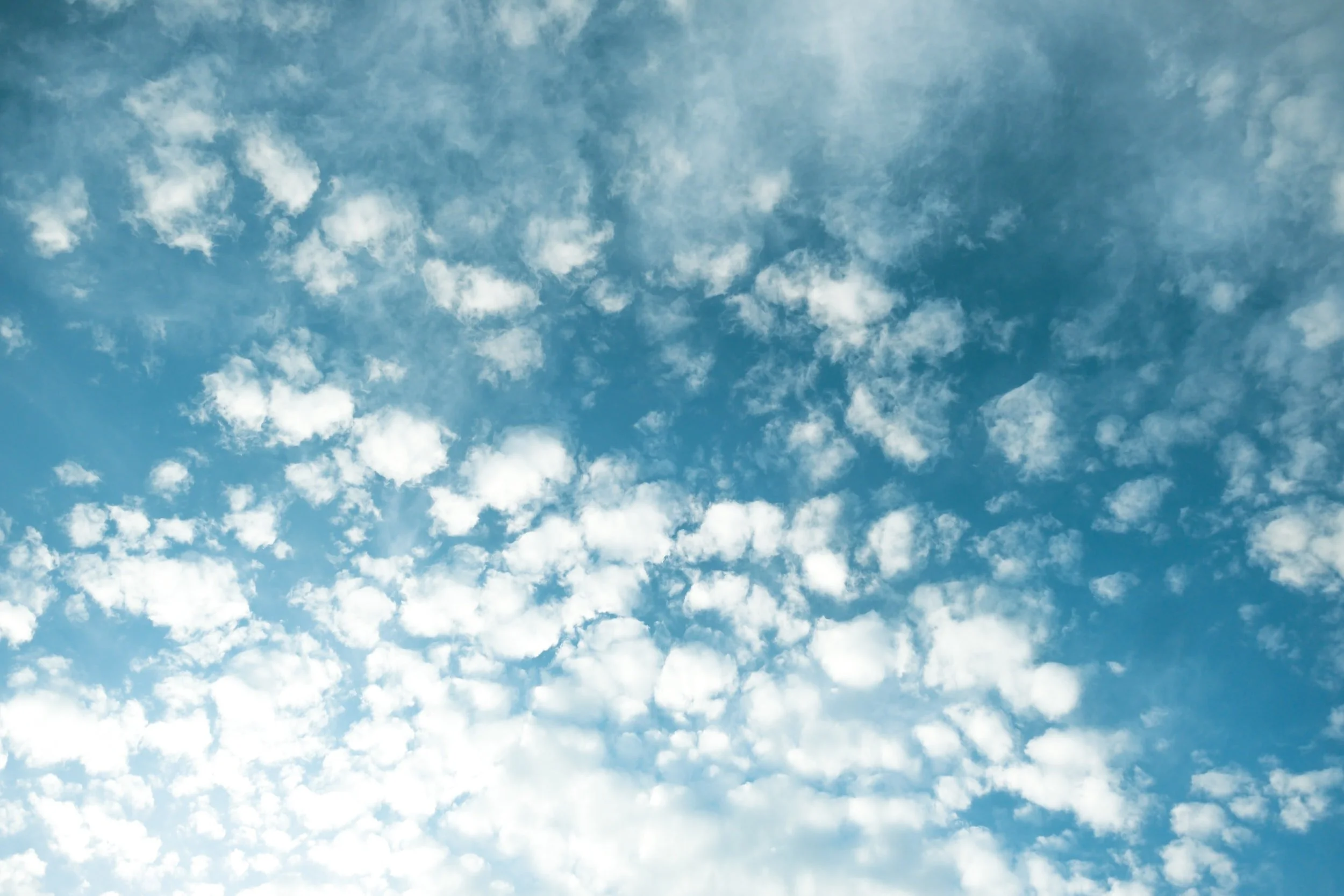VOLUME 5 - 2012-2013 - ISSUE 2
5 Ky. J. Equine, Agric. & Nat. Resources L. 331 (2013).
THE CLEAN AIR ACT: THE END OF A CHEVRON ERA?
Note Written By: Erin Murphy
The mission of the modem version of the Clean Air Act is "to protect and enhance the quality of the Nation's air resources so as to promote the public health and welfare and the productive capacity of its population." Signed by President Nixon on December 31, the 1970 Clean Air Act Amendments marked a significant moment in the history of clean air legislation in the United States. The EPA has enjoyed broad authority in regulating emissions under the Clean Air Act for the purpose of improving air quality and promoting public health in the United States, since the Chevron Court held that because Congress had not directly spoken on the issue, the EPA's interpretation need only be reasonable to be accepted.
By adopting this lenient reasonableness standard, the court granted the EPA broad judicial deference for future interpretations of provisions and terms within the statutes it administers, including the Clean Air Act. However, in 2012, the EPA encountered a series of setbacks to its implementation of the Clean Air Act in three United States Courts of Appeal cases. In all cases, the federal courts found that the EPA exceeded its authority under the Clean Air Act.
This Note is comprised of eight sections that will present and analyze the recent shift in judicial interpretation. Section II of this Note provides background on the adoption and implementation of the Clean Air Act. Section III provides a substantive review of the four federal cases comprising the shift. Section IV analyzes and investigates the recent trend in judicial interpretation of the Clean Air Act. Section V discusses the EPA's possible options in responding to this trend. Section VI provides a possible counterargument to the Clean Air Act trend theory. Section VII discusses the potential impact this trend could have on states and industry. Finally, Section VIII concludes the analysis and provides hypotheses for future interpretations of the Clean Air Act.

